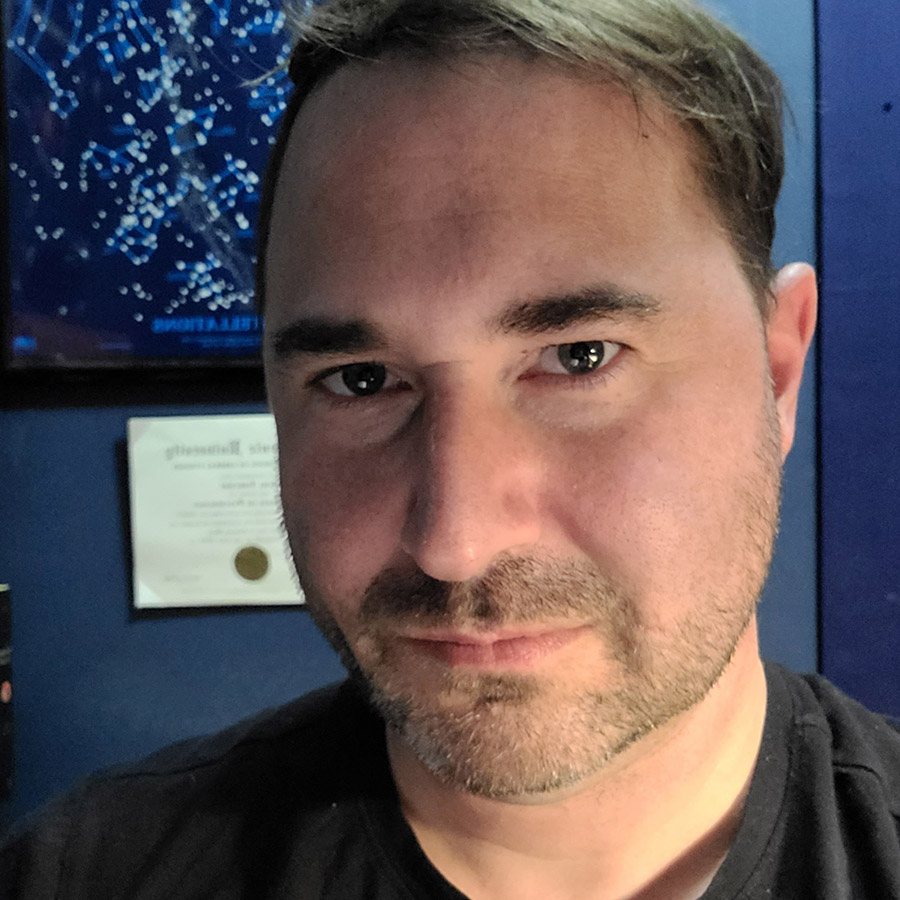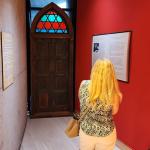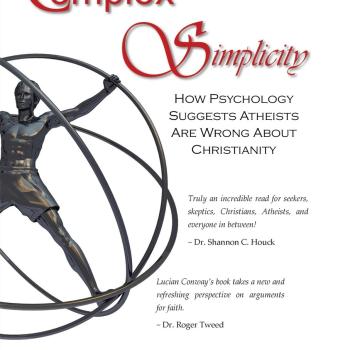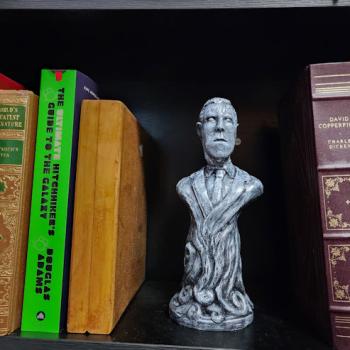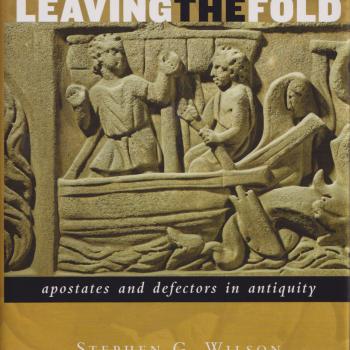A Researcher is Born
In the year of 2019, the young PhD candidate, Jana Harmon, dotted the last i, crossed the last t, and finally published her years-long dissertation on the subject of educated, intelligent atheists who converted to Christianity.
With a century of research about religious conversion in the rear-view mirror, surprisingly little research had been done on the so-called “amazing converts*,” meaning people who go from a position which denies religious ideas and beliefs to one that embraces them.
So unique was Harmon’s work that, having completed her dissertation and earned her PhD, she continued to speak with former atheists about their journey to Christianity in her ongoing podcast: the Side B Podcast, and she writes and speaks on her studies in publications and venues the world over. It is hardly an exaggeration to say that Harmon is the foremost expert on the topic of atheists who convert.
The Book
When a person writes a dissertation, that person is writing what amounts to about two books worth of information defining the issues, defending the research, explaining how the research was done, elaborating on the results, and then defending the entire enterprise all over again. Harmon’s dissertation clocked in at over 500 pages.
While her dissertation is very much available online, few people are going to wade through 500 pages of material in order to understand the hard work Jana did. Fortunately for the world at large, Harmon re-wrote her research in a very readable and reasonably-sized book which has just been published. The book is titled Atheists Finding God.
The Findings
So, what were Harmon’s findings on the subject? Harmon begins with the very sensible question of how does the person come to hold his or her atheist position? While half of the atheists Harmon interviewed were never religious in the first place, the other half had been raised in or converted to religion at some point in their lives.
Harmon broke the reasons for non-belief down into 6 subcategories, including spiritual reasons, personal reasons, intellectual reasons, experiential reasons, emotional reasons, and social or cultural reasons. The most widely cited reason for disbelief was a lack of evidence for God, which Harmon broke down into categories of subjective, objective, philosophical, historical, and scientific evidence.
Having established the reasons for disbelief, the task remained to explain the journey which brought these atheists to a point of belief.
To understand the importance of Harmon’s model, it is worthwhile to briefly review the standard model of religious conversion, which goes something like this:
- A person undergoes some kind of struggle, discomfort, or trauma
- Failing to find solutions to this problem in his or her current context, the person becomes open to alternatives
- The person encounters a religious person or people
- The person begins participating in religious events or rituals
- The person proclaims his or her new status as religious
Harmon acknowledges the work and history invested in the standard model, but suggests that it may not be adequate to describe the conversion of the atheist. Harmon’s model consists of about three general stages, consisting of Catalyst, Quest, and Piecing together.
In the catalyst phase of Harmon’s model, the atheist faces challenges, longings, or experiences which prompt him or her to consider other options. This is not unlike the first stage of the standard model. In reference to the catalyst, it is worth noting that Harmon’s research finds a point of agreement with other work which has been done in this field: namely, an encounter with Christians.
As Harmon notes, most individuals who adopted an atheist stance at some point in their lives had either had no direct contact with Christians, and consequently had adopted the sorts of negative stereotypes pervaded by culture toward Christians, or they had very negative past experiences with Christians in their lives which led them to believe that Christianity as a whole was a bad system.
Much like the third stage of the standard model, these atheist individuals frequently have a positive encounter with a Christian or Christians who shatter their preconceptions and open them to the possibility that Christianity may have some positive values related to behavior or quality of life. With the obstacle of bad assumptions or stereotypes removed, the atheist has one boundary to conversion removed.
In terms of longings, Harmon found that some of her participants had the sort of transcendent desires towards things like meaning, beauty, worth, or purpose which did not seem to find fulfillment in their current perspectives. These longings toward outside perspectives prompted an exploration.
During the questing phase which follows the catalyst, Harmon notes the priority of truth-seeking in the lives of these atheists. In order to understand the importance of truth-seeking, one need only compare it with its opposite: authority. When one values authority over truth seeking, then one’s ideas and perspectives are received. A person accepts what he or she is given by the authoritative source, and does not question the ideas because of the authority from which the ideas came. However, when a person values truth-seeking above authority, suddenly it becomes important to investigate new ideas for their truth-value rather than their congruence with what the person already believes. Above all, a value for truth-seeking means a willingness to change one’s mind should the evidence suggest something different.
Experiencing God
Whereas it is consistent with the majority of research on religious conversion, one of the most surprising findings Harmon suggests in relationship to her Questing Phase was the degree to which her participants had spiritual experiences. These experiences ranged from strongly intuitive, to visionary, to even physical in nature. Whatever the case, a surprising number of her participants experienced God directly in their lives during questing, but prior to conversion.
This lands us at the final phase of Harmon’s model: piecing together. Here, Harmon talks about the weight, complexity, and totality of change in the person’s life as they adopted the identity of Christian and abandoned the identity of atheist. Suffice it to say, this is an extreme and comprehensive change in the person’s life.
Conversion Stories
By far the most delightful and engaging portion of this book comes in the Appendix. While Harmon drops bits and pieces of conversion stories to illustrate her points throughout the book, the Appendix contains entire interviews with selected participants in which they tell their fascinating stories of a total transformation in their lives.
Harmon’s book is equally fascinating from a standpoint of pure research and study as it is from the standpoint of an effective biographical read. The language and structure are very readable and appealing to both the academic and the casual reader.
Footnote:
* “amazing converts” is not a term created or even used by Harmon. It is a term coined in early research in the 1990s and adopted by the field thereafter referring to an extreme reversal in position.



